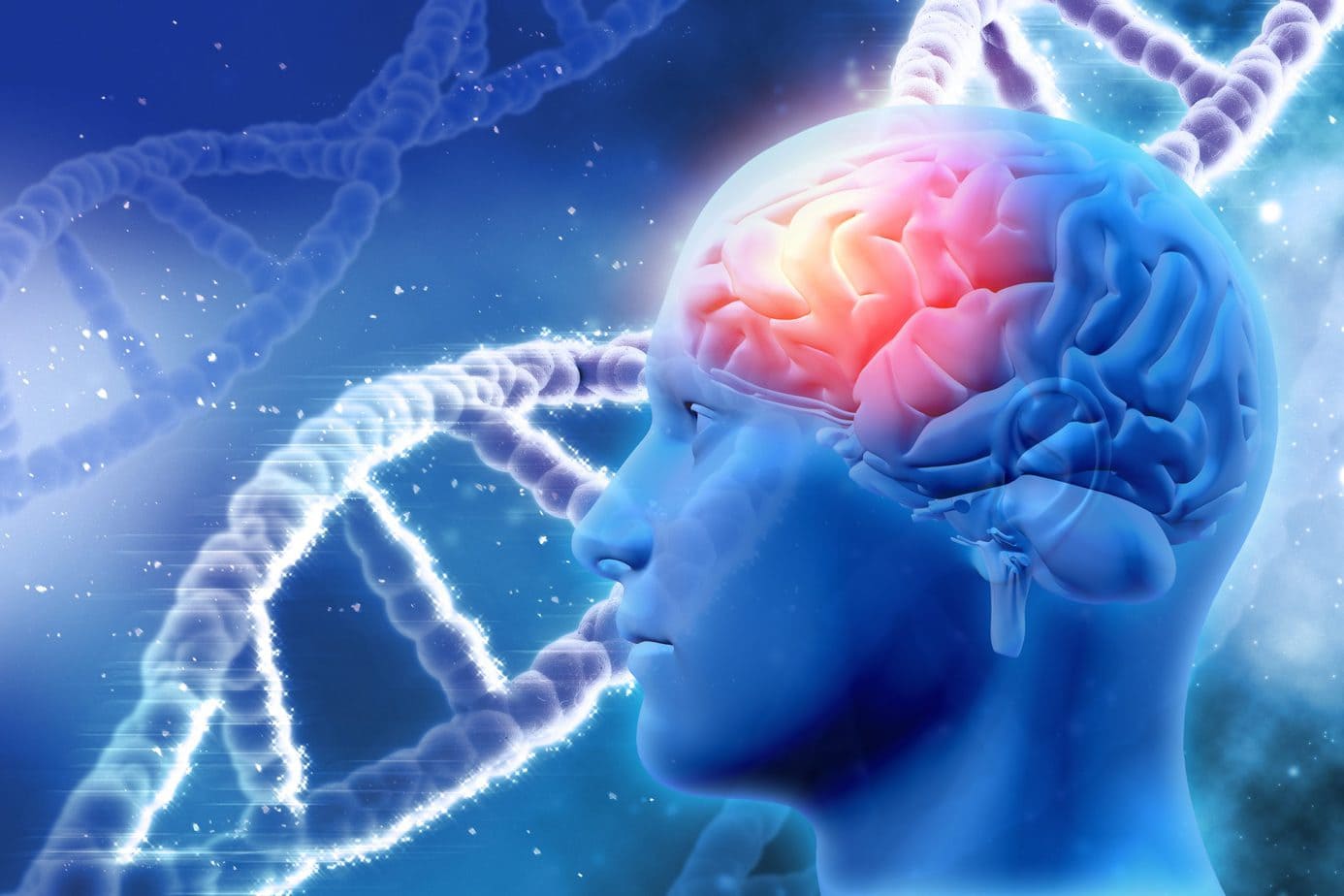
Contrary to appearances, it is not only the physical preparation that influences whether an athlete manages to win the competition. An important role is also played by the brain, and precisely the right attitude and readiness to fight and face both opponents and himself. Nowadays, during the preparations for various sports competitions, mental training, popularly known as biofeedback, plays an important role. Polish scientists have managed to modernize this method based on science.
Sport is primarily a physical effort. To achieve success, both the appropriate predisposition and hundreds or even thousands of hours devoted to training are necessary. Probably not everyone is aware of this, but the brain plays an equally important role. Reflexes, precision, proper coordination of movements, concentration, resistance to stress and proper rest are very important issues. This is why more and more athletes decide to improve their performance with the help of biofeedback. This term is used for mental training aimed at improving key parts of the brain from the athlete’s point of view. What is interesting, biofeedback has been used in sports for over 30 years. Among others Justyna Kowalczyk, Agnieszka Radwanska or Kamil Stoch use it regularly. Biofeedback is also an inseparable element of preparation among players of top sports clubs such as Real Madrid or AC Milan.
Do you know what Adam Malysz and Kamil Stoch have in common with AC Milan football players?
Sport, passion and hard work above all…Published by Psychological and Pedagogical Clinic Przystań. Center for Education and Development. Friday, May 10, 2019
What exactly does mental training consist of? It consists of a lot of different elements, such as visualization, relaxation, concentration or self-confidence, among others. It is very often supported by the mentioned biofeedback. What does this type of training look like? The athlete is connected to a special device which analyzes psychophysical signals such as pulse, EEG or EDA. Thanks to this it is possible to check how the body reacts in given situations, how these behaviors affect the athlete’s performance, and to catch possible irregularities.
Subsequent sessions are based on the repetition of given activities. In this way, the athlete gradually learns how to control his body and react in a way that allows him to work as efficiently as possible and optimize the activity necessary to achieve his goal. According to sports psychologists, athletes face a number of different types of challenges every day. No matter how physically prepared they are, winning a competition depends on their ability to control various factors such as fatigue and stress. Biofeedback can be of great help here.
Currently used biofeedback is based on knowledge which in recent years has been strongly verified, Polish scientists are working intensively on its modernized version. For this purpose they established cooperation with engineers from Neuro Device Group. The changes, which are to be introduced by them, are to significantly improve the discussed method. The changes are to be introduced in order to significantly improve the method, which includes even more precise observation of brain activity during particular movements.
The pilot study is conducted in order to measure motor imagination using EEG – its monitoring can be the basis for expanding the biofeedback used so far. As numerous studies have shown, training using motor imagery can improve both performance and technique, as well as help you manage stress and negative pre-stress even better.
Featured image: Freepik